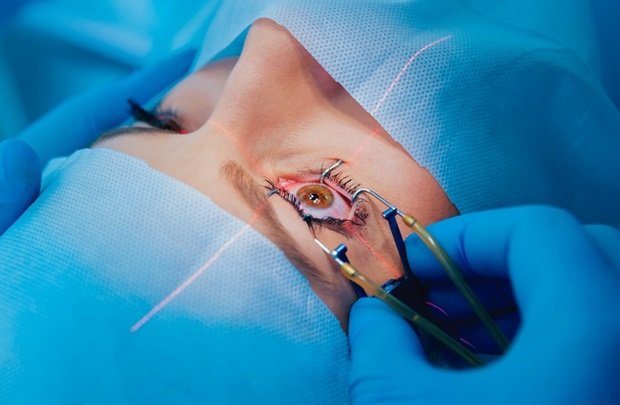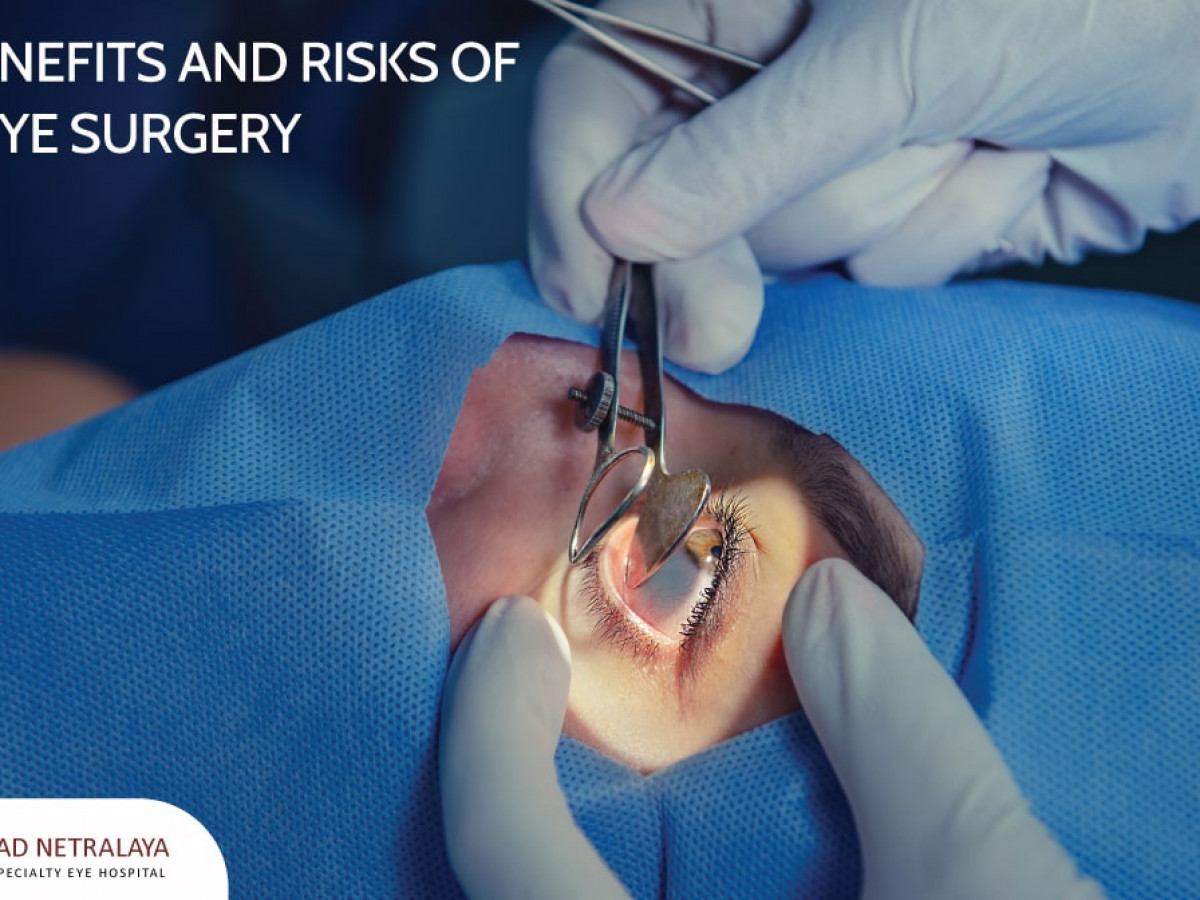An In-depth Take A Look At the Different Eye Surgical Procedure Procedures Supplied by Skilled Ophthalmologist
In the realm of ophthalmology, the landscape of eye surgery treatments supplied by knowledgeable eye physicians is as diverse as it is progressed. From the commonly recognized LASIK eye surgical procedure to the less familiar refractive lens exchange, each treatment holds the guarantee of vision correction and improvement.

LASIK Eye Surgery
The accuracy of LASIK eye surgical procedure supplies patients a transformative solution for vision adjustment offered by proficient eye medical professionals. LASIK, which stands for Laser-Assisted In Situ Keratomileusis, is a popular refractive surgery that reshapes the cornea to address common vision problems such as astigmatism, nearsightedness, and farsightedness. This outpatient treatment makes use of an extremely specialized laser to exactly eliminate microscopic amounts of cells from the cornea, enabling boosted concentrating power and clearer vision without the need for glasses or call lenses.
Throughout the LASIK treatment, the eye specialist creates a thin flap on the cornea making use of a microkeratome or a femtosecond laser. This flap is after that folded back to access the underlying corneal tissue, which is improved utilizing an excimer laser based on the patient's one-of-a-kind prescription. The flap is after that repositioned, where it adheres back right into location without the need for stitches, advertising quick healing and marginal discomfort post-surgery. With its high success rate and quick healing time, LASIK eye surgical treatment has come to be a trusted method for attaining long lasting vision improvement.
PRK Procedure
An extremely effective option to LASIK eye surgery is the PRK procedure, recognized for its successful results in vision correction. PRK, or Photorefractive Keratectomy, is a sort of refractive surgery that reshapes the cornea to deal with refractive errors such as farsightedness, nearsightedness, and astigmatism.
Throughout the PRK treatment, the outer layer of the cornea, called the epithelium, is eliminated to access the underlying corneal cells. Unlike LASIK, which creates a flap in the cornea, PRK straight improves the surface area of the cornea. Ophthalmologist Tallahassee. This makes PRK an ideal option for clients with slim corneas or various other corneal irregularities that may avoid them from undertaking LASIK
Following the removal of the epithelium, an excimer laser is utilized to form the cornea to the wanted form, correcting the refractive error. The epithelium regrows normally over a couple of days after the treatment. While the recuperation time for PRK is generally longer compared to LASIK, lots of people attain excellent visual outcomes with this procedure. PRK is a efficient and risk-free choice for individuals looking for to lower or remove their dependence on corrective lenses.
Cataract Surgical Procedure
Cataract surgical procedure is an usual treatment done to eliminate the cloudy lens of the eye and replace it with a clear artificial lens. This surgical procedure is commonly done on an outpatient basis and is very effective in bring back vision. The cloudy lens, which is called a cataract, creates progressively and can trigger blurred vision, trouble seeing during the night, and level of sensitivity to light.
During the cataract surgical treatment treatment, the ophthalmologist makes a small laceration in the eye and utilizes ultrasound modern technology to separate the cloudy lens. The fragmented lens is then delicately suctioned out, and a synthetic intraocular lens (IOL) is put in its location. This IOL helps to concentrate light onto the retina, enhancing vision.
Clients undertaking cataract surgical treatment are typically awake throughout the procedure, which typically lasts around 15-30 mins. Recovery time is reasonably quick, with many people noticing boosted vision within a few days. It is vital to comply with post-operative care directions provided by the eye specialist to guarantee optimum healing and vision end results.
Refractive Lens Exchange
Refractive Lens Exchange, also called lens replacement surgical procedure, is a procedure that includes getting rid of the eye's natural lens and changing it with an artificial lens to remedy vision problems. This surgical strategy is mainly made use of to treat presbyopia, serious hyperopia (farsightedness), and various other refractive mistakes that can not be effectively addressed with standard find this approaches like glasses or contact lenses. During the treatment, the all-natural lens is usually changed with a costs intraocular lens (IOL) that can correct refractive errors and, in many cases, also prevent the advancement of cataracts in the future. Refractive Lens Exchange is taken into consideration a efficient and secure alternative for individuals seeking to decrease their reliance on rehabilitative glasses and improve their overall high quality of vision. By seeking advice from a skilled optometrist, clients can figure out if they are ideal prospects for this sort of surgery and discuss the potential benefits and risks related to the procedure.
Corneal Transplant
Having dealt with refractive mistakes via procedures like lens replacement surgery, experienced ophthalmologist additionally provide corneal transplants as a solution for specific eye conditions. A corneal transplant, also recognized as corneal grafting, includes replacing a harmed or unhealthy cornea with a healthy benefactor cornea to enhance vision. This procedure is commonly advised for individuals with problems such as keratoconus, corneal scarring, corneal ulcers, or corneal thinning.
Throughout a corneal transplant, the sensory cosmetic surgeon gets rid of the central portion of the harmed cornea and replaces it with a benefactor cornea that is thoroughly matched for shapes and size. There are various kinds of corneal transplants, consisting of permeating keratoplasty, where the whole thickness of the cornea is changed, and partial thickness transplants like Descemet's removing automatic endothelial keratoplasty (DSAEK) or Descemet's membrane layer endothelial keratoplasty (DMEK), which replace just the inner layers of the cornea.

Verdict

In the realm of ophthalmology, the landscape of eye surgical treatment treatments supplied by experienced eye physicians is as varied as it is progressed.The accuracy of LASIK eye surgical procedure offers clients a transformative service for vision modification given by skilled eye doctors.Refractive Lens Exchange, also known as lens replacement surgical treatment, is a procedure that includes eliminating the eye's natural lens and replacing it with a man-made lens to remedy vision issues.Having actually attended to refractive errors with procedures like lens replacement surgery, experienced eye physicians also More Bonuses provide corneal transplants as a service for certain eye conditions.In verdict, knowledgeable eye medical professionals supply a selection of eye surgical treatment procedures including LASIK, PRK, cataract surgery, refractive lens exchange, and corneal transplant.